INFLUENCE OF ISLAMIC ARCHITECTURE ON JAIN MANDIRS;
REGION ADDICTED TO WRITING STEREOTYPE FAIRY TALES.
(without any documentation)
We are born Pakistanis, and not familiar with situations before partition. Obviously, we were told many things by our parents. There were basically three religions here, and all ancient. We can talk of Buddhism, Jainism and Hinduism. Buddhism and Jainism are considered earliest. The picture painted of the three co-existing with each other in peace is a myth. Legends have it of murder of Jains by thousands, and paintings exist of this ruthlessness. Not only that there was massive disruption between the three, but scholars write of thousands of Buddhist and Jain Temples destroyed by the Hindu Kings. A tradition of destruction of temples very much in vogue. Stones extensively used even in those times. No need to chisel new ones when chiseled available. It is a reality the Mandir-obsessed trolls pay no heed to this truth. Inter religious trouble was there.
The Muslims came into the scene. They had their own way of life, and it was so different from the way of life of other religions here, they could not be amalgamated with their belief in one Allah, and a society based on egalitarianism. Conflict would be a natural consequence. Historian speak of relics from Afghanistan in the Holy Kaaba itself, as the first museum of Islam. (Read “Islamic Art Oleg Grabar”). Records speak of Muslim merchants in some parts of India, arriving by sea for trade. Muhammed bin Qasim dubbed by ignorant as an invader, came to the rescue of Muslim women entrapped by Raja Dahir. People who do not read history, will not know that he was so much loved in Sind, that the Sindhi made a statue of him in the main city to commemorate him. And his son ruled Sind after him.
http://blog.chughtaimuseum.com/?p=3392
This is merely a blog, but the subject requires a thesis in itself. Suffice the stereotype starts with Sultan Mahmud of Ghazna. Independent researchers have pointed out that Sultan Mahmud had Hindu generals in his war machinery, and for them, he even built a Mandir in Ghazna itself. Even more strange is the appreciation of the architecture of the Mandirs by the Sultan.
“In Muttra the town was teeming with imposing temples, the glittering spires of which towered above the house tops. The Sultan was so struck with their massive beauty that in a letter of victory, to his Amirs in Ghazna, he gave effusive expression of his appreciation of Hindu Architecture.”
As an act of war for political reasons, he destroyed some of them, but not for religious sake alone.
“The Hindus rejected Islam as their national religion because of the fundamental and irreconcilable differences between Islam and Hinduism. To regard an idol as a helpless piece of stone, instead of a source of life and death, and to believe in one Omnipotent God instead of myriads of deities, one of which could be played off against the other, was diametrically opposed to Hindu way of thinking. The fear naturally was the propagation of the democratic principles of Islam would undoubtedly bring about a social revolution and breakdown of the caste system.”
There are still surviving Jain Temples in our region. Personally, we pass the now the poorly restored Jain temple without any proportions, on a busy road link, and certainly enjoy the ghazal recitation of the Jain singer, Maneel Jain on the internet. But yes, we are told of still existing Jain Temples in Pakistan, and hardly any Jains around. But Mandirs exist in Pakistan and are being restored at great pace. Islam guarantees freedom of religion. Nobody sane can mind that, but the two nations cannot be one, simply for very different ways of life.
A study of Jain temples shows mixture of inspirations. The famous Gori Mandir in Nagarparkar Sind boasts on its plate as being made with Muslim domes. In any picture that is very clear. Domes exist in other temples too, but the whole structure being Islamic is best represented in the Jain Temple in Haryana, made famous in the Lodhi style, is a structure basically Islamic but with Jain symbolism. The temple had the deity image of Thirthankra. Later it was removed and placed it in the Jaina Temple at Firozpur Jhirka.


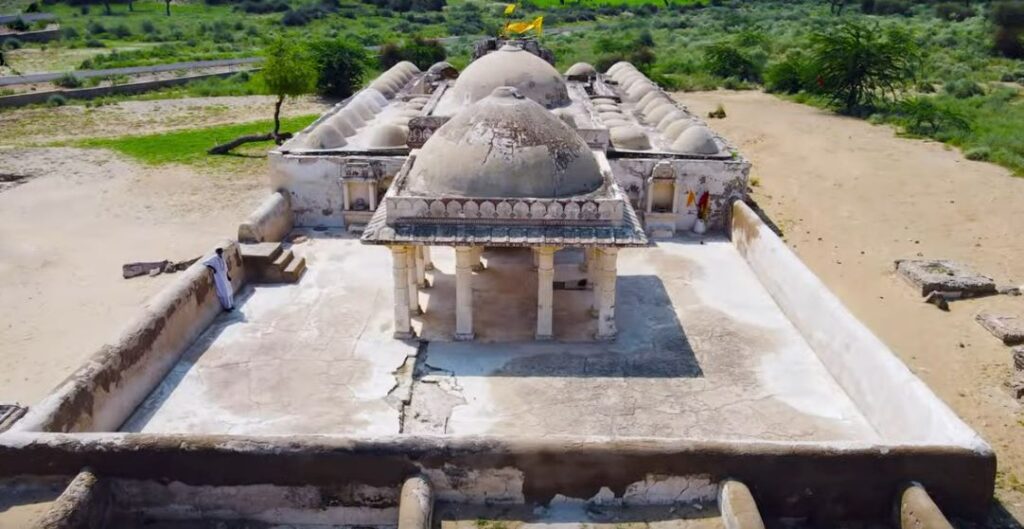
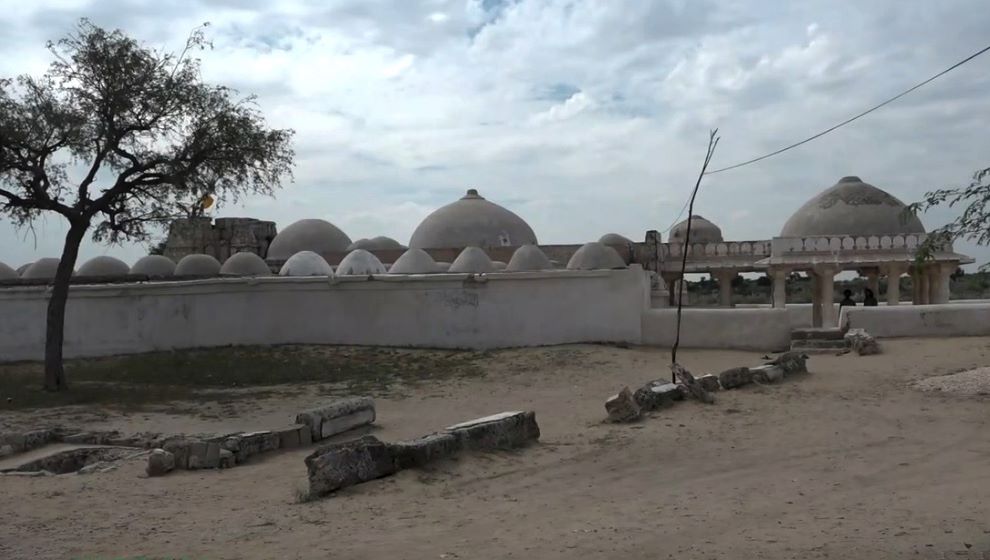
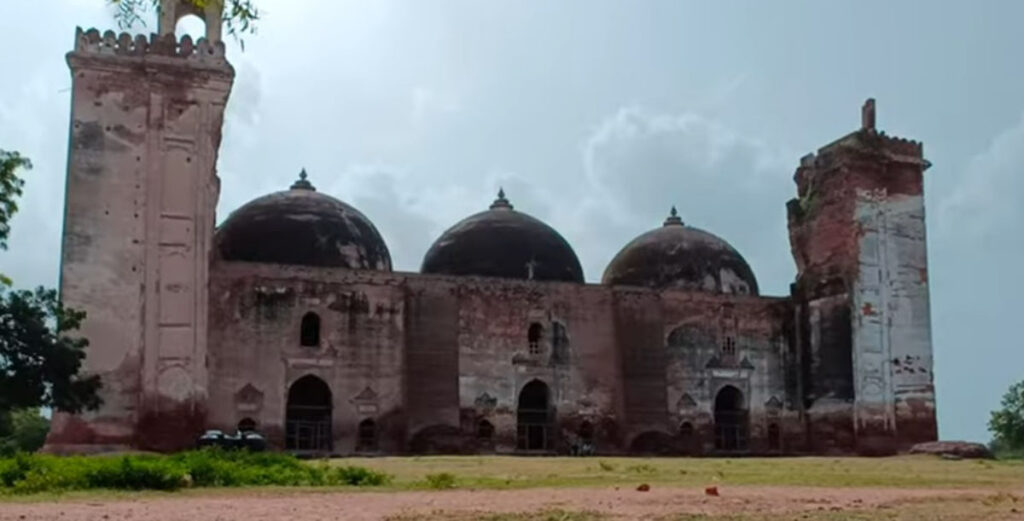
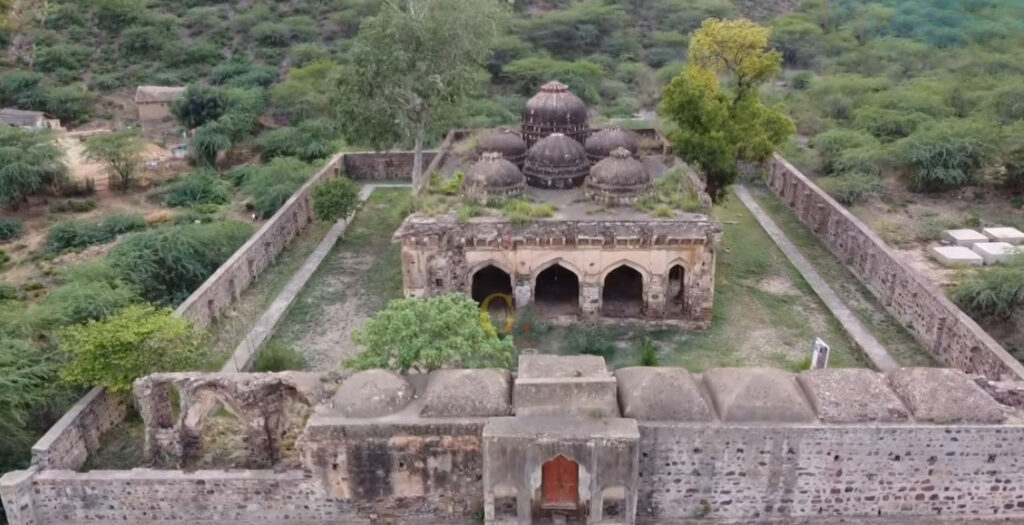
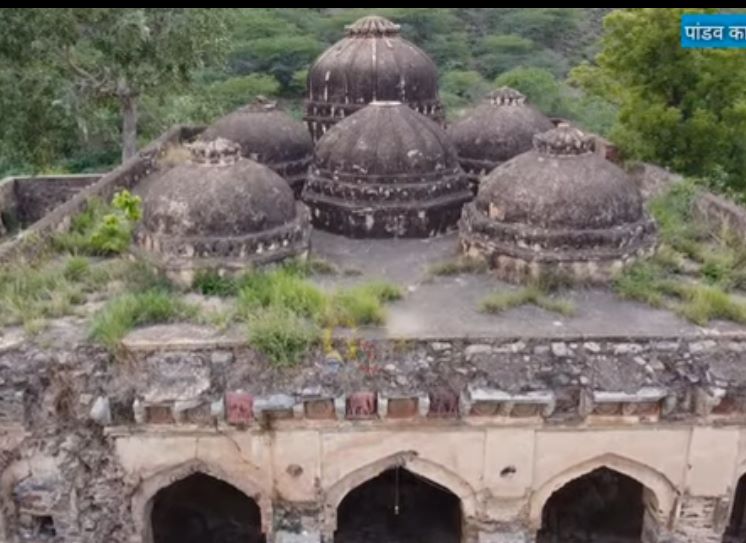
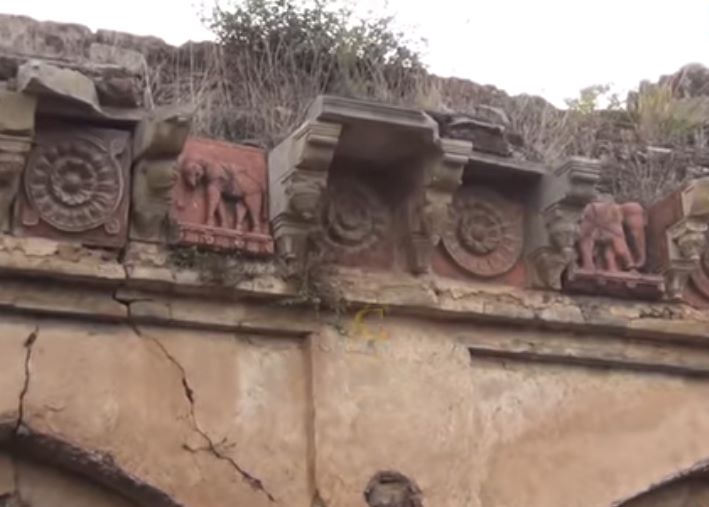
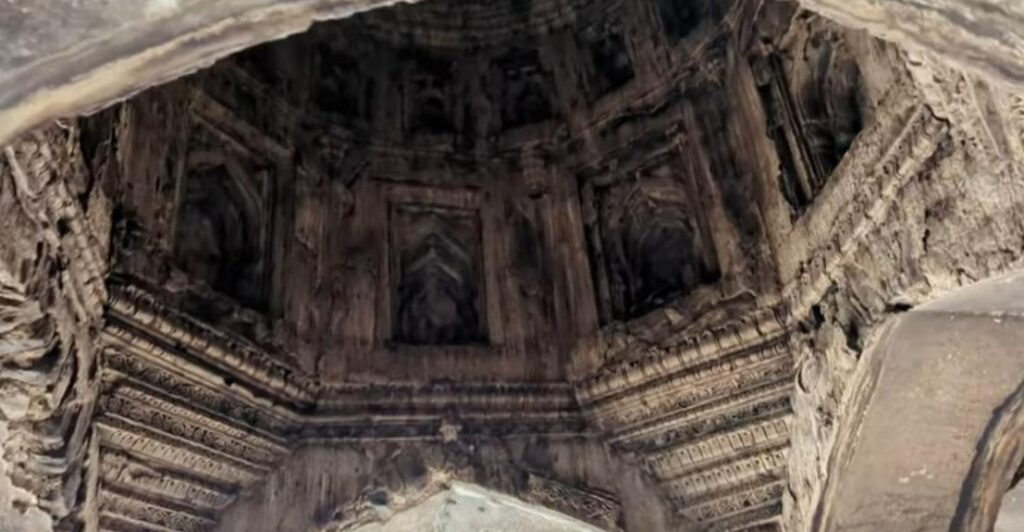
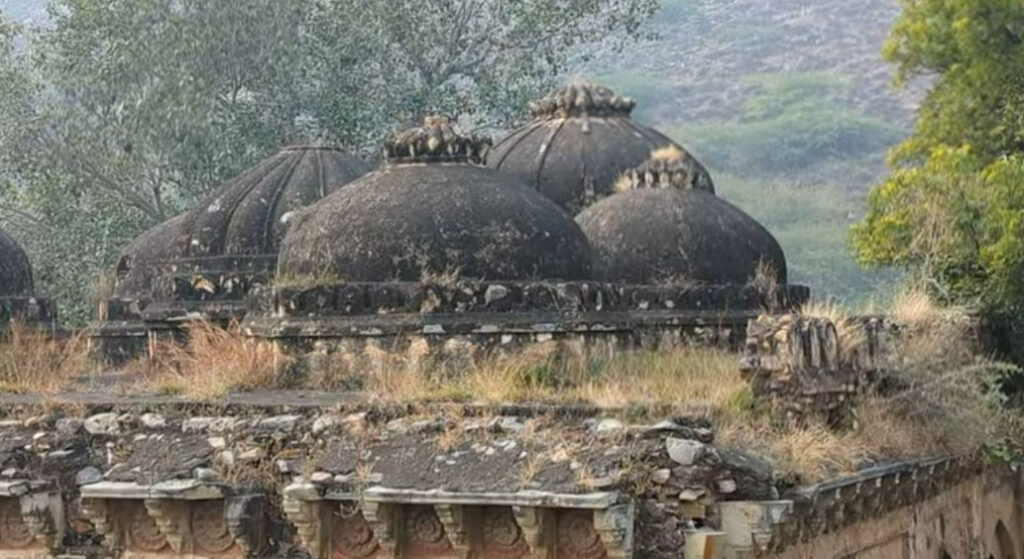
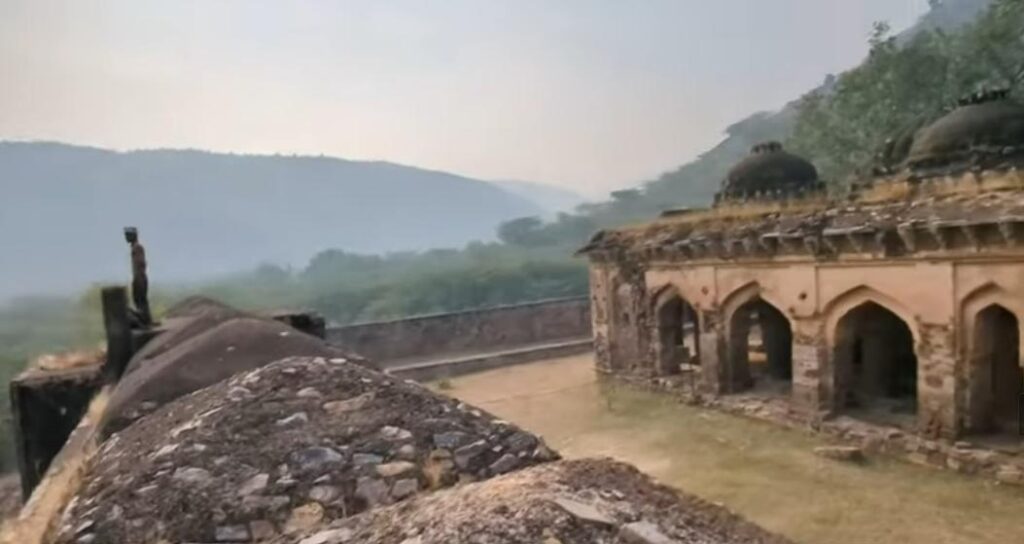
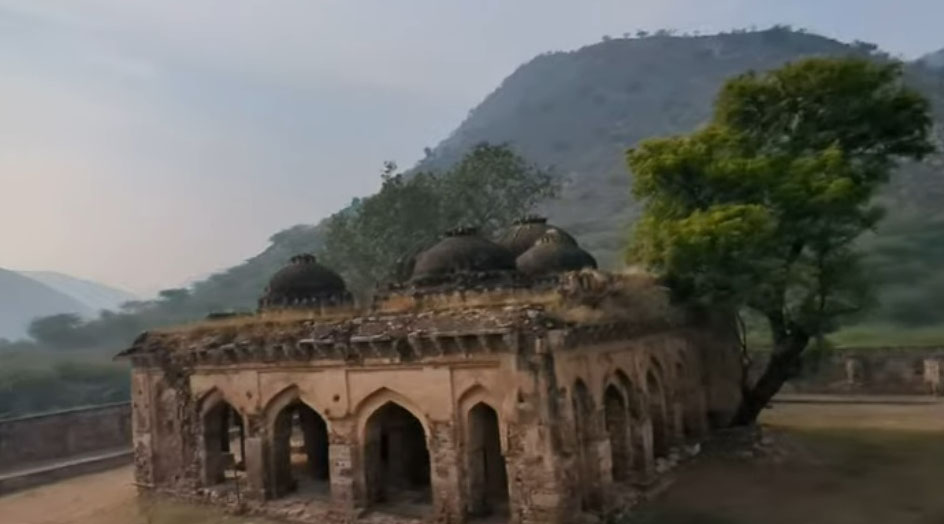
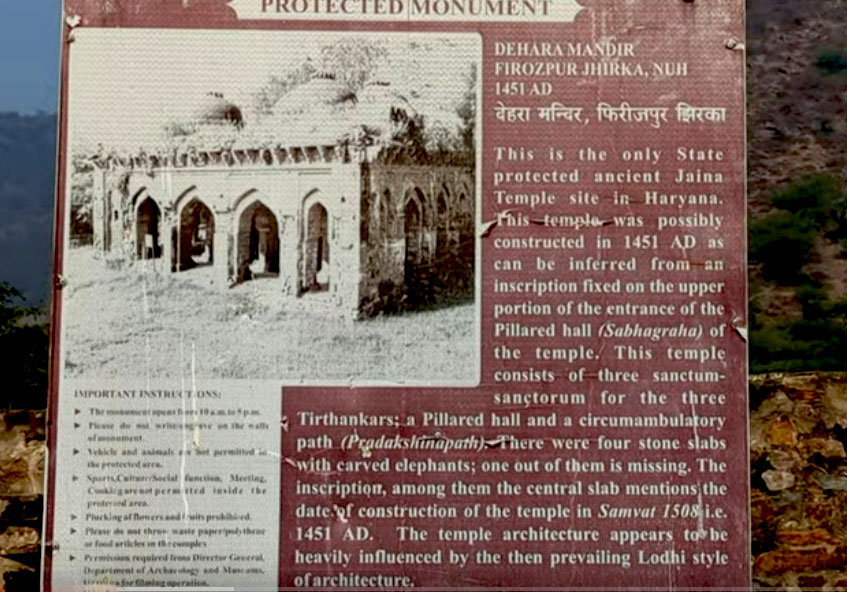
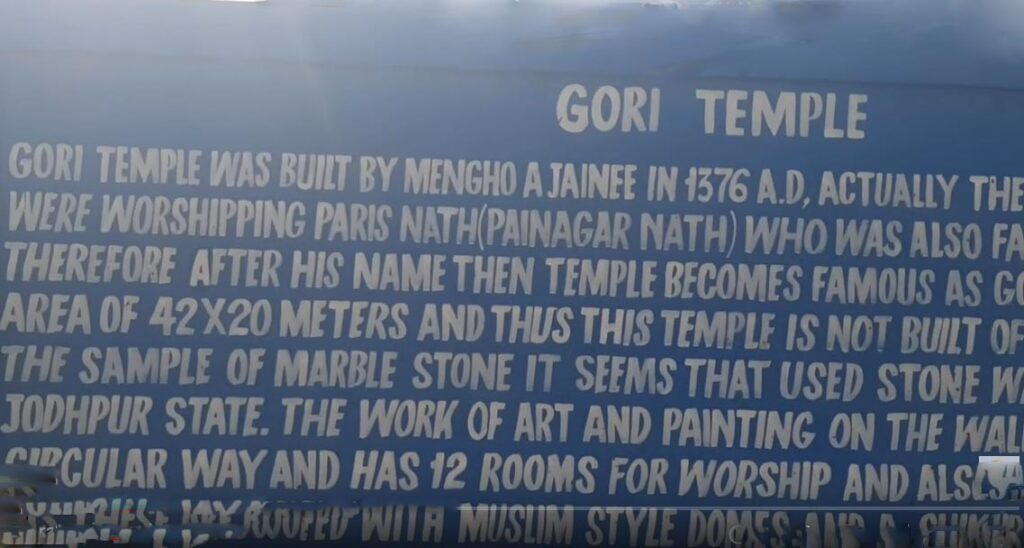

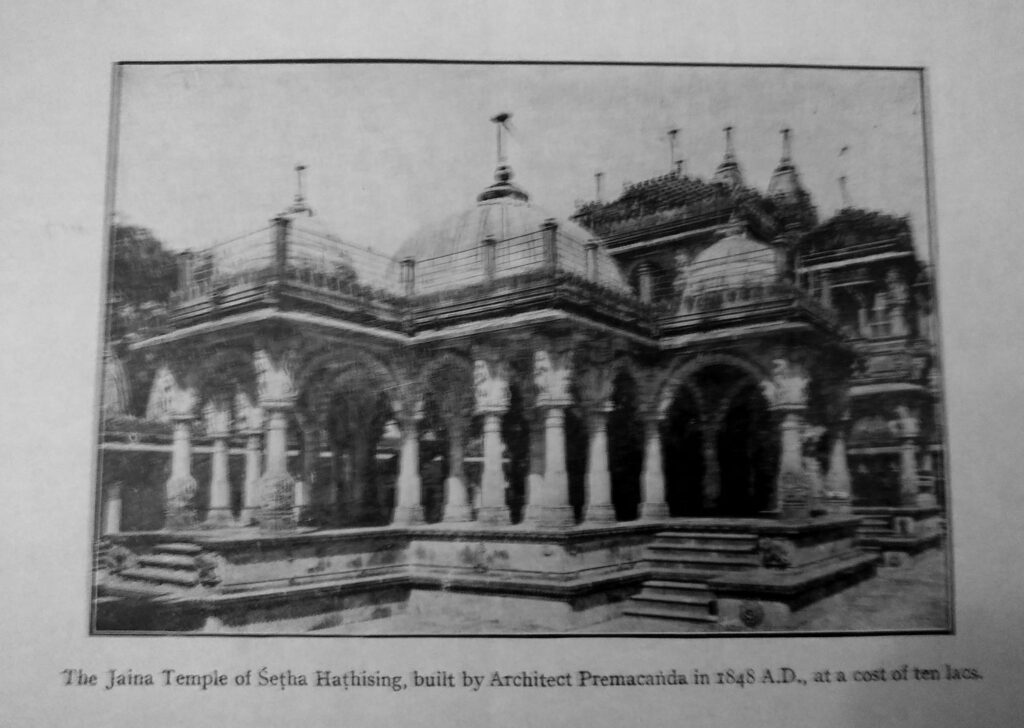
Scholars have noted that its direction is the same as a mosque, and reputation is there with people on site that there was a Kalma written on the stairs. But there is a clear statement of an inscription on its main gate, and possibly it has been removed and cannot be traced at this time. But this is sure that it was made in 1451 AD. People confirmed something written on it but are reluctant to share it as can be heard in this video link. Afraid of repercussions by authorities. Makers of same Sultan Bahlul Lodi and wife were of different ways of life. Result same.
https://www.facebook.com/MewatKalAajKal/videos/672126863819130/
Following the reign of the Sayyids, the Afghan Lodi dynasty gained the sultanate. Bahlul Khan Lodi
reigned from (1451–1489) was the nephew and son-in-law of Malik Sultan Shah Lodi, the governor of Sirhind Punjab, in India and succeeded him as the governor of Sirhind during the reign of Sayyid dynasty ruler Muhammed Shah. Tracing the background of Bahlul Khan Lodi on comes up with other details. The reputation is that he had a Hindu wife, but it could very well be a Jain wife.
In his youth, Bahlul was involved in the trading of horses and once sold his finely bred horses to the Sayyid dynasty Sultan Muhammed Shah. As a payment he was granted a pargana and raised to the status of Amir. After the death of Malik Sultan, he became the governor of Sirhind. He was allowed to add Lahore to his charge. So being a Governor of Lahore and having a wife of different religion, it can safely be presumed the reason for this Jain Temple in Haryana, when he ascended the throne of Delhi. A co-production of great dignity. Possibly between a Muslim architect and a Jain iconic expert. The result a production which sways us with its splendour to this day. Certainly, everybody involved here was of broad-minded nature.
Yes co-existence between different ways of life is possible, with mutual respect and according of dignity. Art and architecture best way of bridging gaps. But violence results in violence only. Love begets love.

History is to be studied in depth. Paid agents in Pakistan trying to sell us different ideology of geography. We reject notions of akundbharat as mere ploys. Our Allah is Rabbi ul almeen that is of whole earth or humanity as one. Equality not castes. Expose those walking amongst us selling and brain washing us. Sacred is human happiness through divine laws.
Kamal hai
I can see the efforts behind your research. Fabulous.
If the Indian Far Right can make up history, your single beacon of truth is still enough to obliterate their falsehood.
New startling
Brilliant piece. Well written.
Nowadays people fear truth for fear of being punished by rogues. Congratulations on retention of truth all the time.
Foreign lobbies are using advanced brainwashing techniques to embarrass us from the truth. Millions died and lost their life long savings and properties for the dream that is Pakistan. Retain your pride in the ideology of your beloved country.
Agents of foreign lobbies insist that we consider Mandirs as our heritage, but the question to be asked is that in India, are mosques considered to be their heritage?